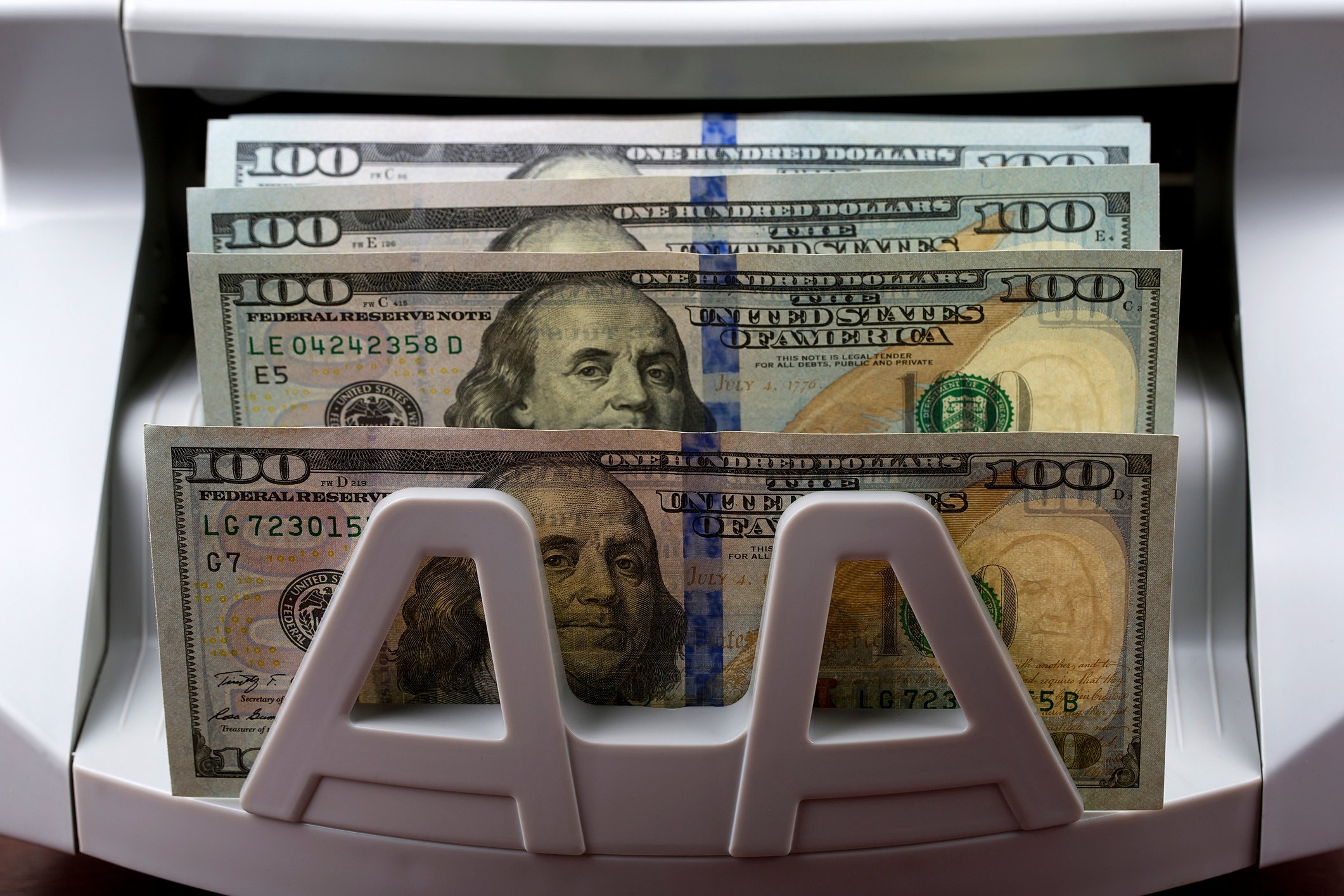International bank investigators recently added Rabobank to the list of international banks guilty of manipulating the London Inter-bank Offered Rate, or LIBOR, fining the Dutch lender $1 billion for its part.
We got our first wind of what has become known as the LIBOR manipulation scandal during the summer of 2012. The interest rate on trillions of dollars of a wide variety of contracts and securities -- including variable-rate preferred stocks, consumer loans, and mortgages -- is pegged to the LIBOR. Similar to the federal funds rate in the U.S., the LIBOR is the rate that European banks charge each other for overnight cash loans.
The LIBOR rate that a bank pays is seen as a statement about the bank's stability: The stronger the bank, the lower the rate it has to pay for such cash. As international banking investigators have now exposed, several of those charged with reporting the rates that determined the LIBOR have been fudging the rate downward since 2005, making their banks look stronger than they really are (and pushing the LIBOR lower than it should have been).
Focused on more than a dozen banks that are surveyed to set the LIBOR, investigators have also nabbed Barclays, UBS, and the Royal Bank of Scotland so far, with fines now totaling more than $3.6 billion.
The investigation into the LIBOR scandal is still under way, so the extent of the rate manipulation is still unknown. But based on what has been reported so far, the dividends paid to holders of LIBOR-based, variable-rate preferred stock between 2005 and October of 2008 appear to have been underpaid.
How rates are set
There are four primary methods used by variable-rate preferred stocks to set the dividend rate paid to shareholders:
- LIBOR-based
- CMT-based, which uses the constant maturity bond rate of certain U.S. Treasuries
- Inflation-based, using the Consumer Price Index
- Fixed-to-floating, which offers a fixed dividend rate until the security's call date, then a variable rate thereafter
The LIBOR-based method is the most common. Variable-rate preferred stocks that use the LIBOR-based method will usually reset the dividend rate each quarter by adding some amount to the three-month LIBOR published at the time (unless the LIBOR is exceptionally low; then a minimum rate kicks in).
This chart shows the three-month LIBOR rate since 2004, with the manipulation period in question highlighted.
Source: FedPrimeRate.com.
The minimum-rate provision usually kicks in when the three-month LIBOR falls below about 2.5%, so most dividends paid after October 2008 were based on the minimum-rate provision, rather than the LIBOR. So the actual "manipulation period" where a phony LIBOR rate affected shareholders is from 2005 through October of 2008.
Data for LIBOR-based variable-rate preferreds that are no longer trading is hard to come by, but research to identify the securities that might be affected uncovered 23 specific securities that are still trading. These 23 were introduced prior to October 2008, base their dividends on the three-month LIBOR rate, and were paying dividends to shareholders during the manipulation period.
Press coverage of the LIBOR scandal has not mentioned how much the LIBOR rate was fudged by, but during the manipulation period, a monthly movement of 0.1% wasn't unusual, based on the above LIBOR data. This doesn't prove that LIBOR was manipulated downward by that amount, but if we assume that to be the case, we can start to comprehend the magnitude of the underpayment of dividends to preferred shareholders:
Source: CDx3 Notification Service database, www.PreferredStockInvesting.com.
Example: $11 million for BML-H shareholders
BML-H, still trading today, is a 40.8 million-share variable preferred issued by Merrill Lynch (now Bank of America (BAC +0.50%)) on March 9, 2005. BML-H paid 14 quarterly dividends during the manipulation period. The dividend rate, specified in the security's prospectus, is set at 0.65% above the three-month LIBOR, but not less than 3%, and it adjusts each quarter. Using that formula with the manipulated LIBOR published at the time, BML-H paid $181.79 million in dividends to shareholders during the manipulation period.
If, however, the LIBOR during this period was actually 0.1% higher than the manipulated value that was actually used for dividend payments, BML-H shareholders would have received $193.08 million -- an additional $11.29 million.
Details, details
This analysis uses a variety of assumptions to estimate how much preferred-stock investors would have been shorted if the LIBOR was reported to be 0.1% lower than it actually should have been.
Using that assumption, shareholders of the 23 still-trading securities listed in the above table appear to have been shorted by about $50 million during the manipulation period. Once more details become known and more precise calculations can be made, the damage done to preferred-stock investors by the LIBOR manipulation scandal will likely be greater.
If you fancy variable-rate preferred stocks, check your holdings for the period from January 2005 through October 2008 for any shares you may have held of the above listed 23 securities. The preferred-stock investors who held the 485.9 million shares during this period were almost certainly paid dividends that were short of what was due.






